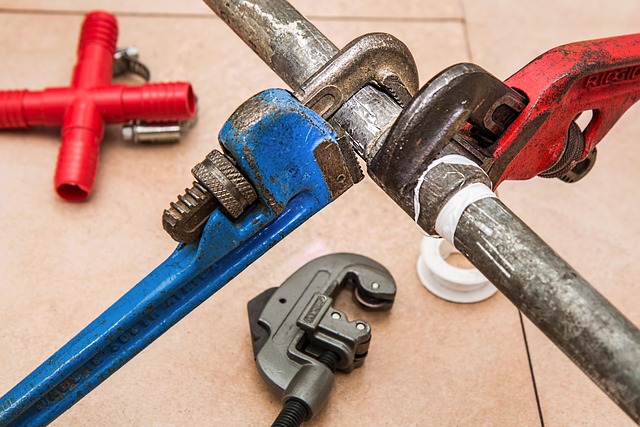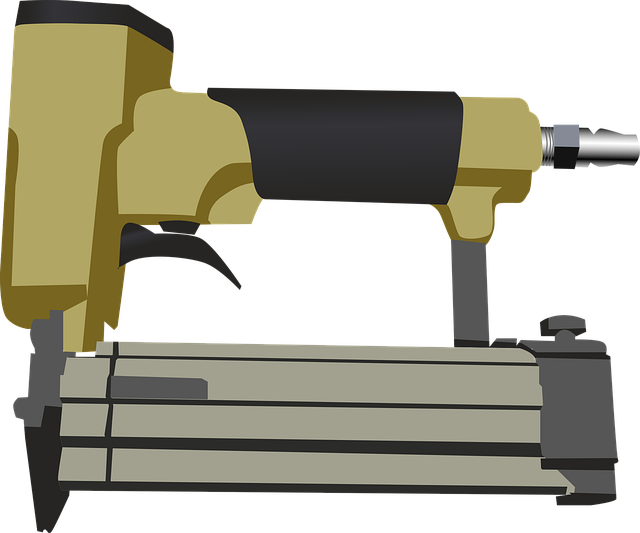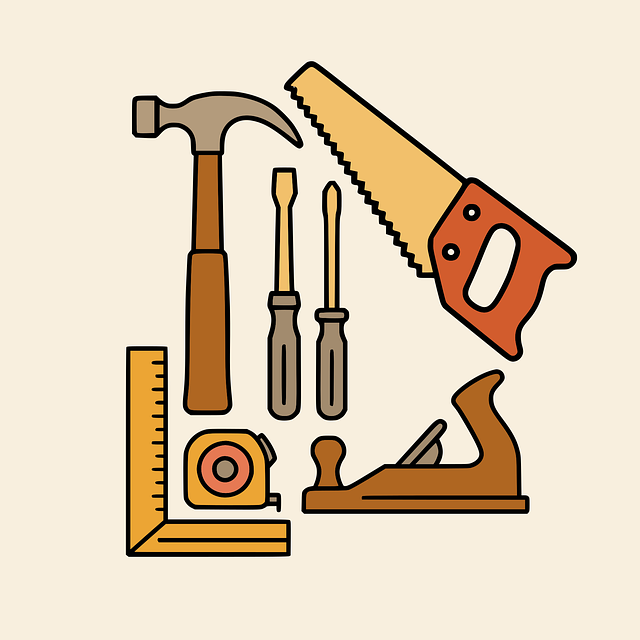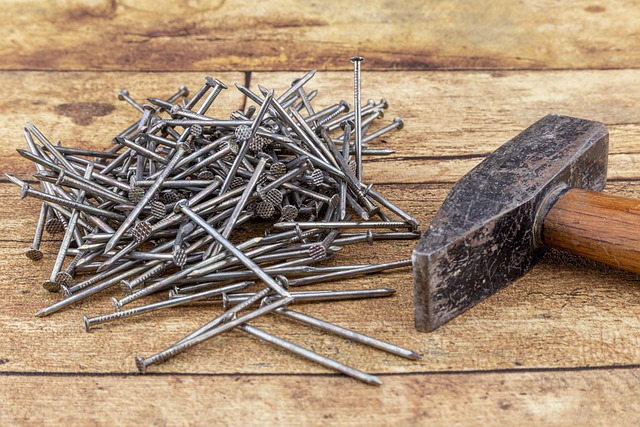Choosing right suspension parts for DIY auto repairs is crucial for safety and performance. Research compatible components, compare brands, and follow vehicle manual instructions. Prioritize safety using correct tools and protective gear. Upgrading suspension through select DIY auto repairs saves costs and enhances handling. Regular maintenance checks complement DIY repairs, extending vehicle life. Online resources guide the process, allowing customization for improved driving experience.
Looking to elevate your driving experience? Consider a DIY suspension upgrade! This comprehensive guide dives into the essential steps, from choosing the right parts to safety precautions. Learn how to navigate this project with confidence, starting with identifying compatible suspension components for your vehicle. Discover the benefits of cost savings and control over your car’s performance. Avoid common mistakes and master auto repairs like a pro. Embrace select DIY auto repairs and transform your ride today!
- Choosing the Right Suspension Parts for Your Vehicle
- Safety First: Tools and Precautions for DIY Upgrades
- Step-by-Step Guide to Suspension Installation
- Common Mistakes to Avoid During Auto Repairs
- Benefits of a DIY Suspension Upgrade: Cost and Control
Choosing the Right Suspension Parts for Your Vehicle

Choosing the right suspension parts for your vehicle is a crucial step in any DIY auto repairs project, as it directly impacts your safety and driving experience. When selecting components to upgrade or replace, consider your vehicle’s make, model, and year to ensure compatibility. Look for high-quality suspension kits designed specifically for your car, as these will offer the best fit and performance.
Researching different options is essential; compare brands, materials, and reviews to find parts that align with your needs. Remember, a well-restored old car interior starts with robust suspension systems. Moreover, addressing car battery charging problems or learning fix flat tire steps can also be part of this process. By selecting the right suspension parts, you’re not just enhancing performance but also laying the foundation for overall vehicle reliability and safety.
Safety First: Tools and Precautions for DIY Upgrades

When tackling any DIY suspension upgrade, safety should always be your top priority. This means equipping yourself with the right tools and taking necessary precautions to ensure a smooth and secure repair process. Begin by gathering essential tools like jack stands, wrenches, screwdrivers, and any specialized equipment specific to your vehicle’s make and model. Always refer to your car’s manual for detailed instructions tailored to its unique design.
Before lifting your vehicle, ensure it’s parked on a level surface and engage the parking brake. Use jack stands to safely support the car, ensuring they’re positioned correctly according to the manufacturer’s guidelines. Protect yourself with appropriate safety gear, including gloves and eye protection, especially when handling automotive parts or using tools. Remember, selecting the right DIY auto repairs, such as replacing a door handle or repairing a dented fender, requires careful consideration of your skill level and the specific tasks involved.
Step-by-Step Guide to Suspension Installation

Upgrading your car’s suspension is a great way to enhance its performance and handling, but it can seem daunting for those new to auto repairs. Fear not! With a simple step-by-step guide and some basic tools, you can tackle this DIY project with ease. Here’s how to install a new suspension system, making your vehicle safer and more responsive on the road.
First, gather all necessary components, including shock absorbers, springs, and struts suitable for your car model. Ensure these are compatible with your vehicle by checking online or consulting an automotive expert. Next, start by identifying the old suspension parts, which are typically located under the vehicle near the wheels. Use a jack to safely lift the car, ensuring it’s secure before removing any bolts. Begin by replacing worn-out struts and shocks, following manufacturer instructions for proper alignment. After installing new components, lower the car and tighten all connections securely. For simple auto repairs for beginners, this process offers a great learning experience while improving your vehicle’s safety and handling capabilities.
Common Mistakes to Avoid During Auto Repairs

When tackling DIY auto repairs, it’s easy to get carried away and make mistakes that can compromise safety or lead to further damage. Common blunders include attempting complex tasks without proper knowledge or tools, ignoring manufacturer guidelines, and not double-checking connections after a repair. For instance, if you’re considering a car brake bleeding diy, using the wrong fluid or failing to thoroughly clean the system can result in reduced braking performance.
Similarly, repairing a dented fender or fix flat tire steps require precision and attention to detail. Hasty repairs may not only look subpar but could also weaken structural integrity. Always prioritize safety by wearing protective gear and following step-by-step guides from reliable sources. Additionally, regular maintenance checks can prevent major issues down the line, ensuring your vehicle remains in top shape through select DIY auto repairs rather than costly professional interventions.
Benefits of a DIY Suspension Upgrade: Cost and Control

Upgrading your vehicle’s suspension is a task many car enthusiasts choose to tackle themselves, and for good reason. One of the primary benefits of a DIY suspension upgrade is cost savings. By taking on this project yourself, you avoid the expense of hiring a professional mechanic, which can be particularly lucrative when dealing with complex systems or rare vehicles. With a simple search for “select DIY auto repairs” online, you’ll find countless resources and guides to walk you through each step, ensuring you have all the information needed to complete the job efficiently.
Additionally, doing it yourself gives you unparalleled control over the process. You can select precisely which components to replace, customize your upgrades based on your driving style and preferences, and even save money by purchasing used or aftermarket parts. This level of control allows for a more personalized experience, enabling you to craft a suspension system that aligns perfectly with your vehicle’s performance goals, whether it’s improved handling, increased comfort, or both.
Upgrading your vehicle’s suspension can significantly enhance both performance and safety. By choosing the right parts, adhering to safety precautions, and following a structured guide, you can successfully perform this DIY auto repair. Remember, while the benefits of cost savings and control are appealing, prioritizing safety should always be your top priority during any automotive modification. Select DIY auto repairs that align with your skills and knowledge for a rewarding and effective transformation.
